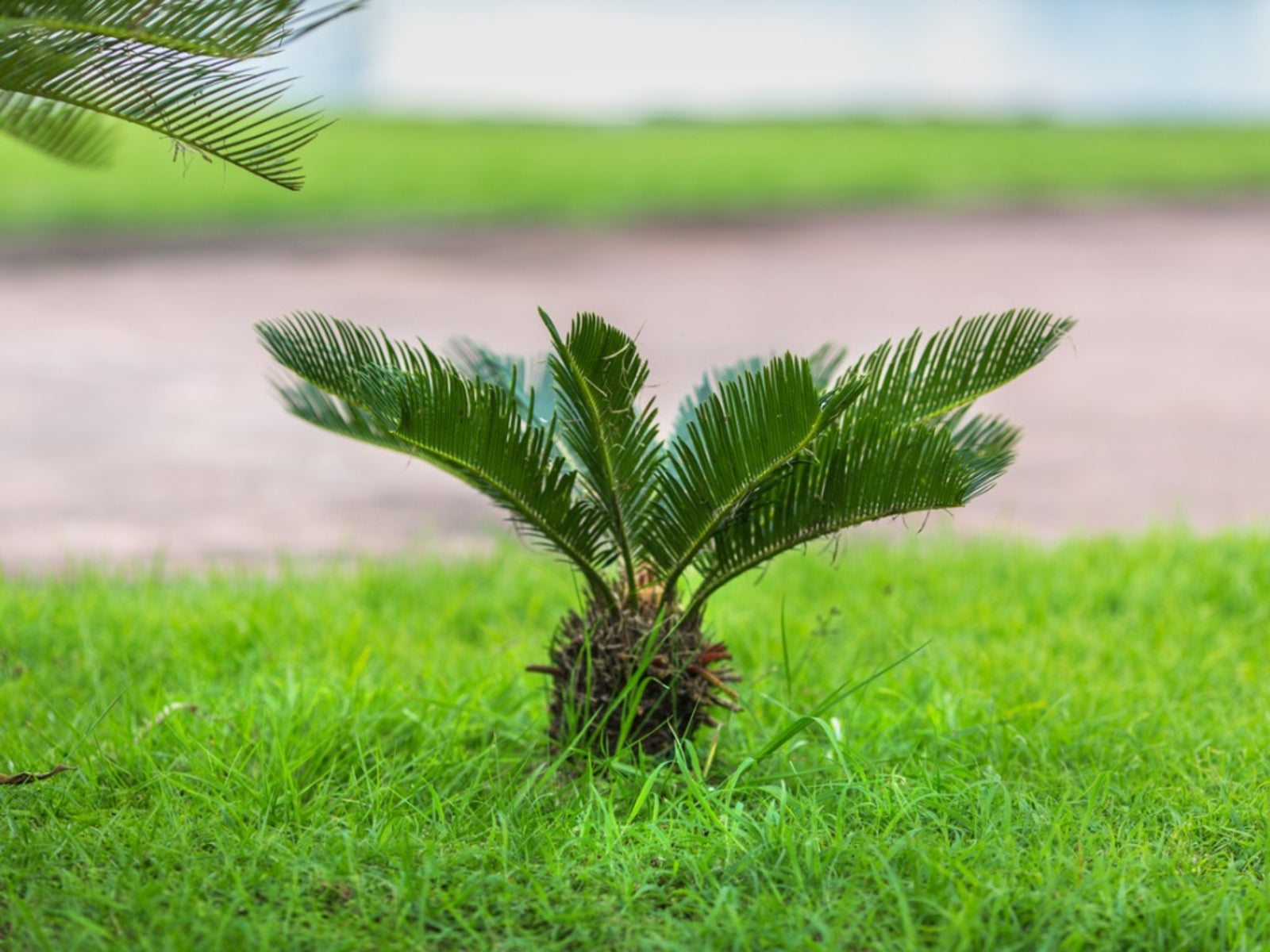Manganese Deficiency In Sago Palms – Treating Manganese Deficiency In Sagos


Frizzle top is the name of the condition often seen in manganese deficient sagos. Manganese is a micronutrient found in the soil that is important to palms and sago palms. Read on to learn more about treating this problem in your sagos.
Manganese Deficiency in Palms
Sometimes the soil just doesn’t have enough manganese. Other times manganese deficient sagos are seen in soils with a pH that is too high (too alkaline) or too low (too acidic) and sandy. This makes it too difficult for the soil to retain manganese. It is also more difficult for the sago palm to absorb manganese when the pH is off. Sandy soils also have a hard time retaining nutrients. This sago palm manganese deficiency starts as yellow spots on the new upper leaves. As it continues, the leaves become progressively more yellow, then brown and frizzled looking. Left unchecked, sago palm manganese deficiency can kill the plant.
Treating Sago Palm Manganese Deficiency
There are multiple methods available for treating manganese deficiency in sagos. For the most immediate but temporary results, you can spray the leaves with 1 tsp. (5 ml.) of manganese sulfate dissolved in a gallon (4 L.) of water. Do this for three to six months. Applying manganese fertilizer for sago palm frizzle top often corrects the problem. However, if your manganese deficient sagos are afflicted with a more severe case of frizzle top, you will need to do more. Again, this is most likely due to a pH imbalance or micronutrient deficient soil. Apply manganese sulfate to the soil. You may be instructed to apply 5 pounds (2 kg.) of manganese sulfate to the soil, but that is only correct for large sized manganese deficient sagos planted in high pH (alkaline) soils. If you have a small sago palm, you may only need a few ounces of manganese sulfate. Spread the manganese sulfate under the canopy and apply irrigation water at about 1/2 inch (1 cm.) for the area. Your sago palm will probably take several months to half a year to recover. This treatment will not fix or save the impacted leaves but will correct the problem in new leaf growth. You may need to apply manganese fertilizer for sago palm annually or bi-annually. Know your soil pH. Use your pH meter. Check with your local extension or plant nursery. Treating manganese deficiency in sagos is quite easy. Don’t wait until your leaves get completely brown and frizzled. Jump on the problem early and keep your sago palm beautiful year-round.
Gardening tips, videos, info and more delivered right to your inbox!
Sign up for the Gardening Know How newsletter today and receive a free copy of our e-book "How to Grow Delicious Tomatoes".

Karen Boness is the founder of Wild Willow Design, an Australia-based company that specializes in ecological landscape design.
-
 Looking For Plants To Give You The Soft And Fuzzies? Try These 5 Fuzzy Leaf Plant Options
Looking For Plants To Give You The Soft And Fuzzies? Try These 5 Fuzzy Leaf Plant OptionsLovers of texture, drama, silver foliage and tactile plants will adore these special sensory garden additions. These fuzzy leaf plant options will leave you all aglow
By Susan Albert
-
 Get Ready For A Summer Of Hummers! Grow These Full Sun Hummingbird Plants and Flowers
Get Ready For A Summer Of Hummers! Grow These Full Sun Hummingbird Plants and FlowersIf you’re lucky enough to enjoy a sunny backyard, make sure you are maxing out on your pollinator opportunities and grow these full sun hummingbird plants and flowers
By Tonya Barnett